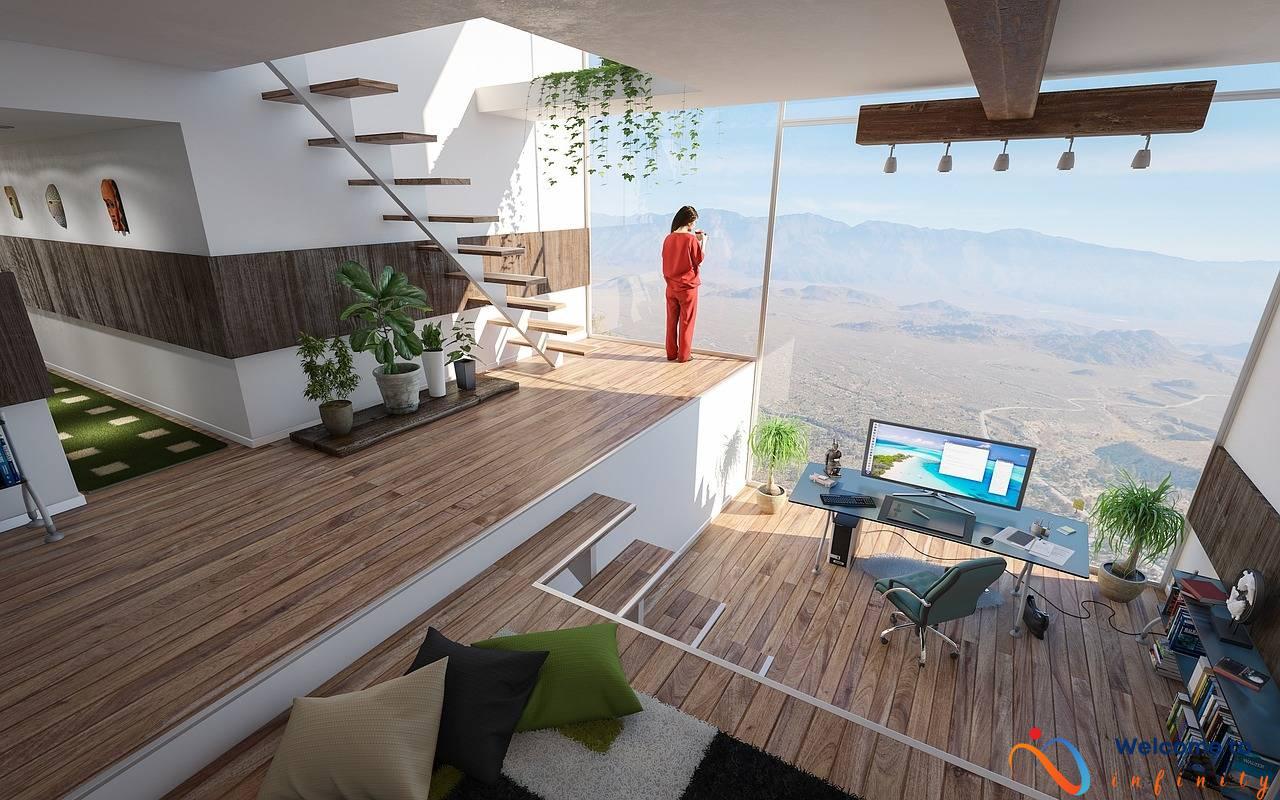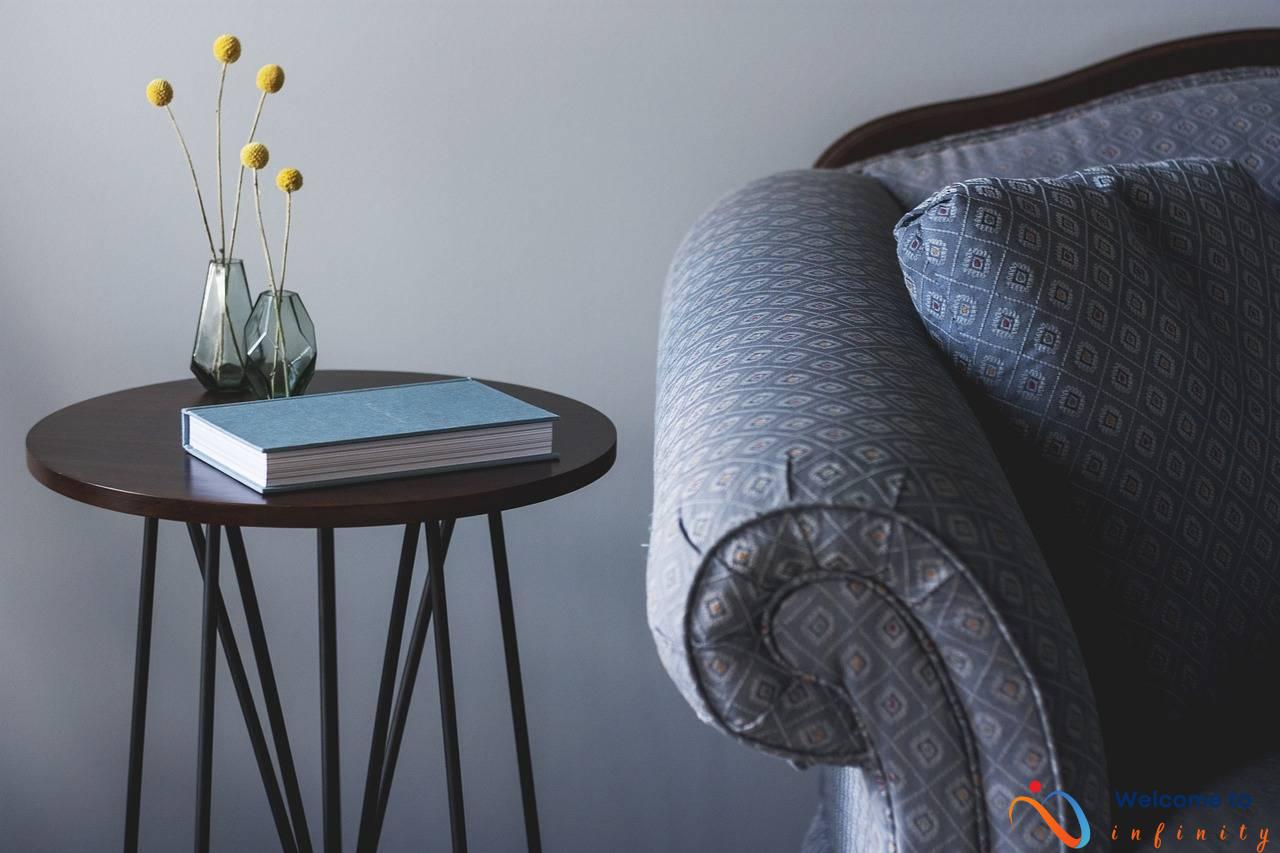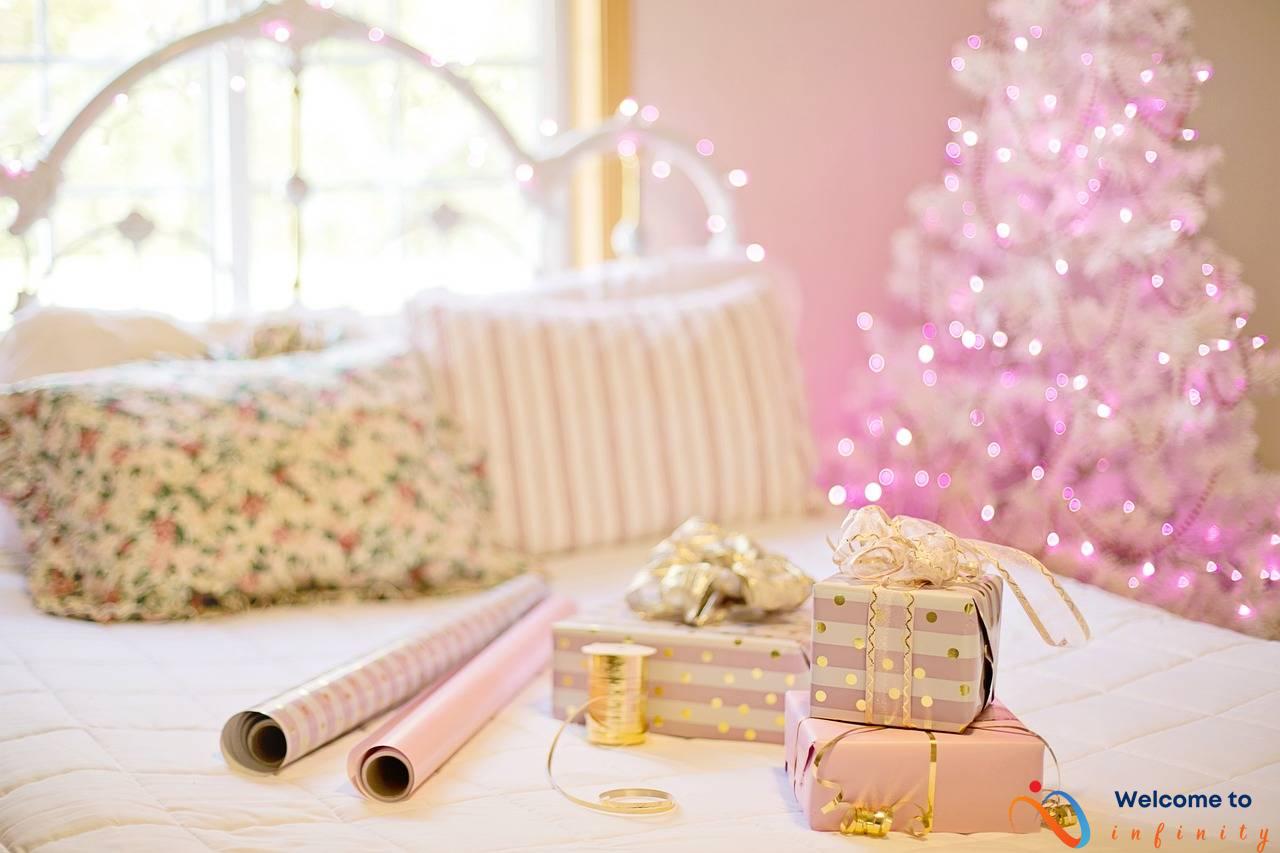Green, the color of life and growth, has become increasingly popular in home decor due to its calming and rejuvenating effect. When used in the right shades, green creates a sense of calmness and relaxation, making it an excellent choice for interior design. Whether you prefer a modern or traditional style, green can be incorporated into your home decor in different ways to achieve your desired look.
One great way to bring green into your home is by adding indoor plants. Not only do they add a pop of green color, but they also purify the air and have a calming effect on the mind. Alternatively, you can paint a room in a green shade, use green decorative items or furniture, and add green textiles such as curtains, pillows, or rugs.
Choosing the right shade of green is essential in achieving the best results in your decor. To create a harmonious room, you should blend the green with other colors. Some excellent complementary colors for green are yellow, pink, blue, white, and brown. The key is to find the right balance between the power of green and the other colors, ensuring a harmonious atmosphere.
In conclusion, decorating with green is an enjoyable and beneficial way to bring nature into your home decor. The color represents renewal and growth, and it can help reduce stress levels and anxiety while promoting overall well-being. With several shades of green to choose from, you can easily find a suitable match for your personality and style, creating an inviting and fresh atmosphere in your home.
The psychology of Green
Green is a color that has a significant impact on our emotions, mood, and behavior. It is associated with balance, renewal, and growth due to its similarity with nature. When we see green, our brain signals our body to relax, slow down, and feel calm. This is why green is considered to have a calming effect on the mind and body. The color green is also believed to help reduce stress levels and lower anxiety. It has been shown to improve focus and concentration, making it a perfect choice for home offices and study areas.
Understanding the psychological meaning of green can help you choose the appropriate shades to decorate with. For instance, if you want to create a peaceful and nurturing environment, you can use soft shades of green such as sage green or mint green. On the other hand, if you want to create a vibrant and energizing environment, you can use bold shades of green such as lime or emerald green.
When decorating with green, it's essential to consider the shade of green that you want to use. Different shades of green can evoke various emotions and moods. For example, the color olive green is a popular choice for a masculine-themed room as it is considered to be sophisticated and timeless. The darker shades of green, such as forest green, are believed to create a sense of comfort and warmth, making it a good choice for a cozy living room or bedroom.
In conclusion, the psychology of green is a crucial factor to consider when decorating our homes. Green is a color that symbolizes life, growth, and renewal. Understanding the psychological impact of green on our minds and bodies can help us choose the appropriate shades to decorate with, creating an inviting, nurturing, and calming environment in our homes.
Incorporating Green Into Your Home
Green is a versatile color that can be incorporated into your home decor in various ways.
One of the most common ways is through plants. Adding plants and greenery to your home not only brings in the color green but also purifies the air, creating a healthier and more vibrant environment. Choose plants that suit your taste and personality, and ensure they receive adequate light and water.
Another way to incorporate green into your home is by painting a room in a green shade. This is an excellent option if you want to add a pop of color without overwhelming the room. You can choose from different green shades to create the ambiance you desire.
Green decorative items or furniture can also be used to add a touch of life, calmness, and freshness to your home. This includes green wall art, vases, and accessories. Green furniture such as chairs, sofas, and ottomans can add a visually appealing and comfortable aspect to your home.
Finally, adding green textiles such as curtains, pillows, or rugs can enhance the beauty and comfort of your home. Green curtains can be used to create a focal point, while green pillows bring in the color and texture you desire. Green rugs add depth to your home decor and can be used to complement other colors in the room.
Incorporating green in your home decor not only creates a visually appealing environment but also promotes overall wellbeing and calmness. Experiment with the different ways to incorporate green, and you will create a serene and inviting space.
Choosing the Right Shade of Green
When it comes to choosing the right shade of green for your home decor, there are several options to choose from. It is essential to select a green shade that not only complements the other colors in the room but also aligns with your personality.
One of the most popular green shades is olive green. It is a warm and earthy color that works best with neutral colors such as beige and cream. Another green shade to consider is sage green, which is a soft and soothing color that creates a calming effect in a room.
Emerald green is a bright and bold shade of green that creates a sense of luxury and sophistication. It works well with metallic accents such as gold and silver. Lime green is a vibrant shade of green that brings a playful and energetic vibe to a room. It pairs well with bright colors such as yellow and orange.
Lastly, forest green is a deep shade of green that creates a cozy and welcoming atmosphere. It works well with natural materials such as wood and stone.
When choosing the right shade of green for your home decor, it is essential to consider the mood you want to create in the room. If you want a calming and serene atmosphere, go for soft and muted shades of green such as sage and olive green. If you want a bold and lively atmosphere, consider bright and vibrant shades of green such as lime green and emerald green.
In summary, choosing the right shade of green is crucial in creating a beautiful and cohesive home decor. Whether you prefer soft and muted shades of green or bright and bold shades, there is a green shade for every personality and style.
Pairing Green with Other Colors
When it comes to choosing complementary colors to pair with green, the possibilities are endless. However, some colors work better than others in bringing out the best in green.
Yellow is a vibrant color that pairs well with green. It adds a pop of color to the room while keeping the softness of green intact. Pink, on the other hand, is a calming color that creates a sense of balance when paired with green.
Another color that works well with green is blue. Different shades of blue can create a serene look when paired with green. White, the color of purity and innocence, can also be paired with green to create a fresh, clean look in a room.
For those who prefer earthy tones, brown is an ideal color to pair with green. It creates natural warmth and balance in a room. Using browns and greens together can create a cozy, natural look that is perfect for any rustic decor.
When pairing green with other colors, it is important to choose the right shade of green depending on the color you want to pair with it. For example, pairing yellow with a bold and bright green can be too overwhelming. Instead, try pairing yellow with a softer shade of green like sage green.
Ultimately, the goal is to create a harmonious balance between green and the other colors in the room. Whether using a bold and bright green or a soft and subtle shade, pairing it with the right complementary colors can result in a beautiful and inviting space that promotes a sense of wellbeing.
Creating a Balance with Green
When it comes to decorating with green, it's important to find the right balance. Too much green can be overwhelming, making a room feel too busy and cluttered. On the other hand, too little green may not create the desired effect. So, how do you find the right balance?
First, consider the amount of natural light in the room. If the room is well-lit, you can get away with using more green without the space feeling too dark. However, if the room is low in natural light, you may want to use less green and stick to lighter shades that reflect light better.
Secondly, consider the other colors you'll be using in the room. Green pairs well with many colors, but it's important to choose complementary colors that will highlight the shade of green you've chosen. For example, pairing lime green with bold pink will create a vibrant look, while pairing sage green with cream or beige will create a more subdued look.
You can also use green in different ways to create balance. For example, using green as an accent color through pillows or curtains can create a subtle yet effective look. Alternatively, painting one accent wall green while using neutral shades on the other walls can create a balanced yet striking effect.
Ultimately, finding the right balance with green comes down to personal preference. Experiment with different shades, patterns, and textures to find the perfect balance that suits your taste and personality.
The Benefits of Decorating with Green
Green is a color closely associated with nature and using it in your home can help connect you to nature. In addition to its aesthetic value, decorating with green has several benefits that can improve your overall wellbeing.
Studies show that the color green has a calming effect on the mind and body. It is known to lower heart rate and reduce stress levels, promoting a sense of wellbeing. This makes it a great choice for people who want to create a peaceful and relaxing environment in their homes.
Another benefit of decorating with green is that it can create a tranquil environment. The color green is often associated with serenity and restfulness, which can help create a calming vibe in your home. This is particularly useful if you have a busy lifestyle and want to create a peaceful space where you can unwind.
Lastly, incorporating green into your home can help purify the air and improve your health. Plants and greenery can help remove toxins from the air, creating a healthier living environment. This is a great way to promote overall wellbeing and create a home that is not only beautiful but also healthy.
In conclusion, decorating with green has several benefits that go beyond aesthetics. It is a color that can promote relaxation, reduce stress levels, and create a soothing atmosphere in your home. By incorporating green into your decor, you can create a tranquil environment that promotes overall wellbeing and connects you to nature.
Conclusion
In conclusion, using the color green in home decor has numerous benefits. The soothing effect of green creates a calm and relaxed atmosphere, promoting a sense of wellbeing. Green also represents growth and renewal, making it an ideal color to incorporate into any living space.
However, it is important to choose the right shades of green and pair them with complimentary colors to avoid overwhelming the space. Incorporating green through plants, green furniture, and textiles can create a beautiful and inviting space that connects us to nature.
Overall, utilizing the power of green in home decor can make a significant impact on our wellbeing and the atmosphere of our living space. So, why not bring a sense of calmness and a bit of the outdoors into your home by incorporating the color green in your home decor?












